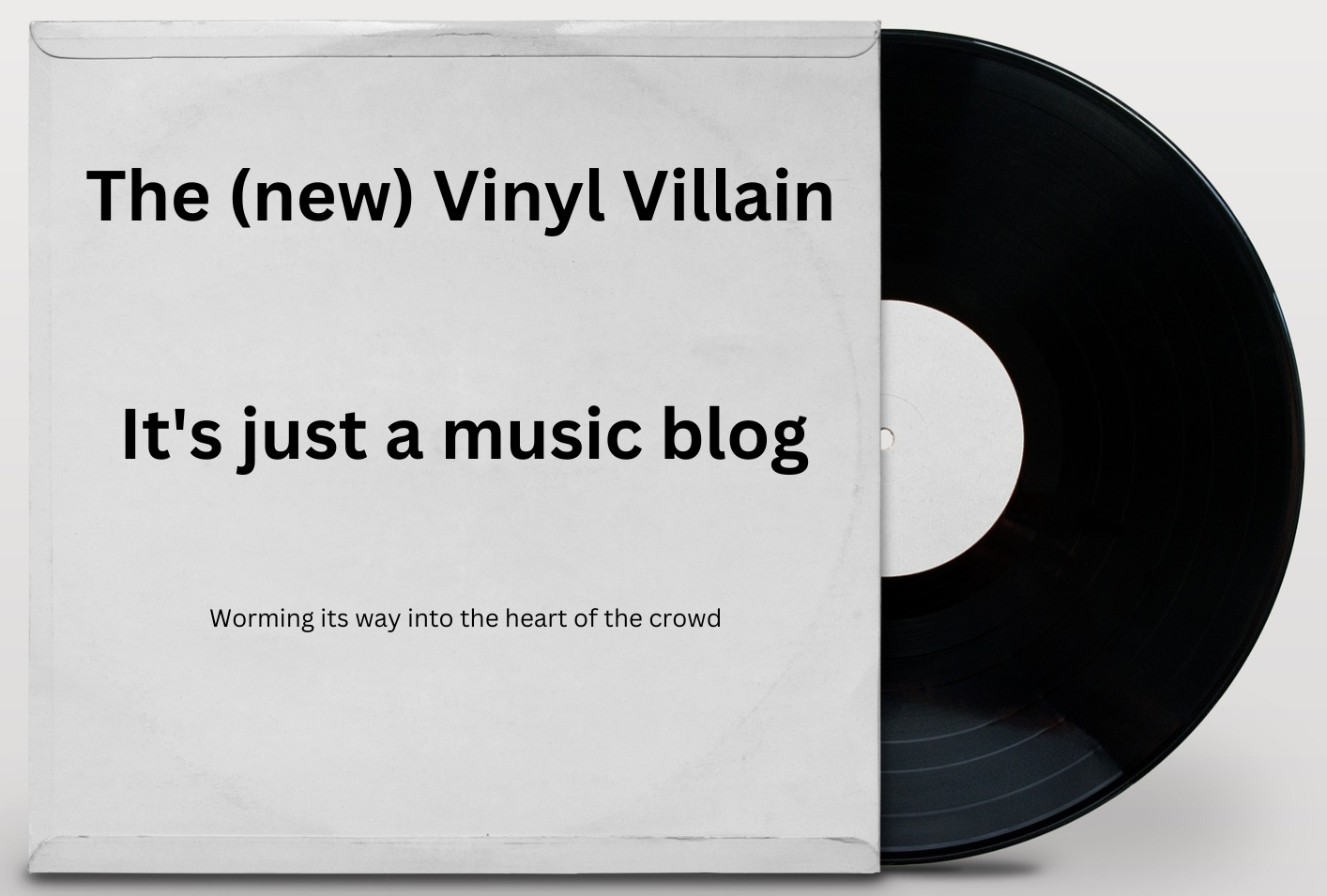
It was back in 1984 in the city of Aberdeen, on the north-east coast of Scotland, that a group of friends, all aged in their early 20s, decided to form a band and name themselves after a track that had been written and recorded in the 60s. As so many new and young bands did during that era, they launched their own label for their debut single:-
mp3 : Alone Again Or – Drum The Beat (In My Soul)
It proved to be the only release on All One Records as the band, consisting of by Colin Angus (vocals, guitar, keyboards, bass) , Derek McKenzie (vocals, guitar) and Keith McKenzie (drums) were picked up by Polydor for whom they released a one-off flop single in 1985 before taking the decision to change their name to The Shamen, once again preferring to do things their own way via another newly-formed label in the shape of Moksha Recordings.
There wasn’t too much of a change of direction in terms of music, as can be heard from the lead track of their 1985 EP, They May Be Right…But They’re Certainly Wrong:-
mp3 : The Shamen – Happy Days
This early incantation of the band were very good at what they did, being part of an indie-scene in the UK but making a different kind of music from their peers, most of who were adopting an almost-shambolic or twee approach to their music. The Shamen, on the other hand, were ridiculously proficient and constantly seeking ways to expand what they were doing, looking more to incorporate house, techno and dance music into their sound. They had added Peter Stephenson on keyboards by the time they went into the studio to record their debut album, Drop, that was released in early 1987. Before the year was out, they had cut a new single, one that deployed new(ish) methods of studio recording such as sampling and fused them with the guitar sound:-
mp3 : The Shamen – Christopher Mayhew Says
Not everyone was happy with the shift in direction and Derek McKenzie decided to take his leave, which very much left Colin Angus as the figurehead, and it was he who really began to drive things forward, aided and abetted by the recruitment of Will Sinnott (aka Will Sin) into the band, a musician who was also keen to increase the dance element of the band.
In 1988, The Shamen released a single, one which made heavy use of sampling and covered the subject matter of fundamedalist right-wing religious nutters:-
mp3 : The Shamen – Jesus Loves Amerika
(Just imagine what the President would be saying if this was being blasted out over the airwaves nowadays…..)
To nobody’s real surprise, Keith Mackenzie and Peter Stephenson soon quit the band having contributed in part to the 1989 album In Gorbachev We Trust, released on Demon Records, the label that had been founded by Jake Riviera and Elvis Costello at the beginning of the decade. Angus and Sinnot were now left to their own devices and this led them to relocate to London and throw themselves wholeheartedly into the rave scene, including participation in highly popular events under the banner of Synergy that combined live performances with DJing from some of the biggest club names.
This enabled them to meet all sorts of new people and bring even more influences to their music, including the addition of a rapper and a female vocalist, together with a live drummer and bass player which more or less completed the transformation into a full-blown rave act. In March 1991, the Shamen, having moved to well-known indie label One Little Indian, finally cracked the singles chart:-
mp3 : The Shamen – Hyperreal
Tragedy struck just two month later when Sinnott drowned while swimming off the coast of one of the Canary Islands on the back of the band having gone to Tenerife to film a video for the follow-up single Move Any Mountain, which was one of the stand-out tracks from the well-received new album En-Tact.
Having given things some thought, Angus decided to continue with the band, bringing the rapper – Mr C – in on a full time basis and seeking increased contributions from him to the new material. What happened next was a real surprise and ended with most of the UK record buying public thinking that The Shamen had come from nowhere and were something of a novelty band:-
mp3 : The Shamen – Ebeneezer Goode
Released as a single in August 1992, it rocketed to #1 in the UK charts. I think wiki covers things well:-
“Ebeneezer Goode” was accused of promoting drug use, owing to the refrain, ‘Ezer Goode, Ezer Goode’ as homophonic with ‘E’s are good’ (E being slang for the drug ecstasy), ‘These F in Es are good’ as ‘He’s Ebenezer Goode’, and to double entendre drug references throughout the song. Despite – or maybe because of – the subsequent storm of publicity, the song reached the top of the UK charts and stayed there for four weeks.
The new album Boss Drum, released the following month, climbed to #4 and provided three other Top 10 singles. Come the end of 1992, The Shamen were voted as “Best New Act” by BBC Radio 1 listeners….not bad for a band whose first single, which was barely recognisable from what they were now famed for, dated back to 1985.
Angus decided to focus his energies on mixing, leading to the 1993 release of Different Drum in which every track on Boss Drum was given a radical makeover. Three more studio albums would follow between 1995 and 1999, none of which were intended to be commercial enough for the singles and mass markets that had come their way in 1992. The Shamen called it a day before the dawn of the 21st Century.
